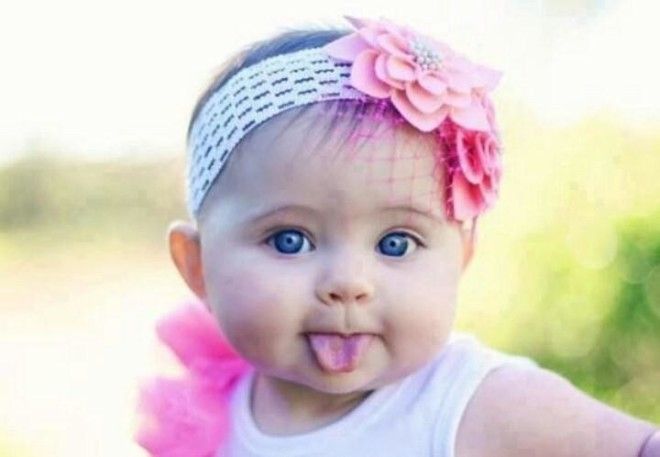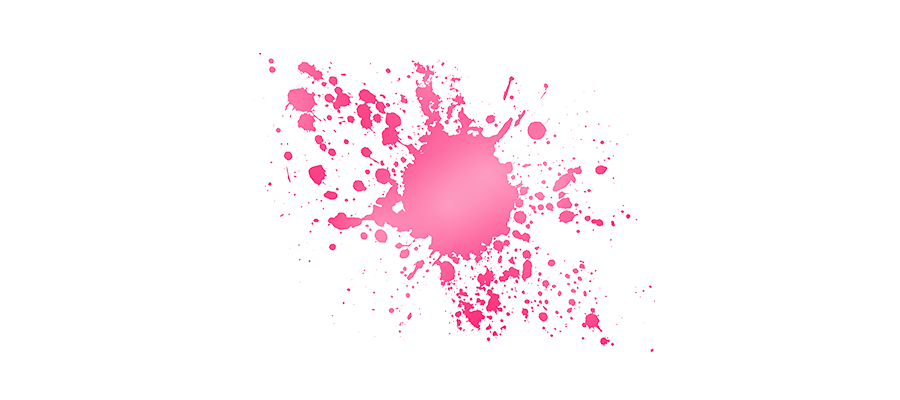Have you ever stopped to think about why pink is associated with girls and blue with boys? It seems so ingrained in our culture, so effortlessly natural, that it can be hard to imagine a world where the opposite was true. But the reality is, this seemingly arbitrary association is not a timeless truth—it’s a relatively recent cultural invention. This journey into the history of pink and blue and their gendered associations will lead us through the murky waters of fashion, marketing, and evolving cultural norms to understand how a color once designated for boys became the hallmark of femininity.

Image: amorq.com
The question isn’t just a matter of curiosity; it delves into the complex and often hidden ways that society molds our identities. By tracing the evolution of gendered color associations, we gain insight into the mechanisms that construct gender stereotypes and the power of social norms in shaping our perceptions. This journey reveals how seemingly simple decisions about color can have profound and enduring consequences on our understanding of gender and its place in society.
The Pre-Gendered Era of Pink and Blue: A History of Color before 1910s
Before the early 20th century, there wasn’t a clear-cut distinction between the colors pink and blue in terms of gender. Both colors were frequently used for children of all sexes. In fact, pink was often considered the more masculine color.
For instance, in the 19th century, the first commercially produced baby-specific coloring books featured pink for boys and blue for girls. This pattern was not unique to the US; Europeans also viewed pink as a more vivid and robust shade, while blue was seen as softer and more delicate. The magazine *Ladies’ Home Journal*, a prominent publication of the era, published a baby fashion plate in 1914 that boldly declared pink as the ideal color for boys.
It was the association of pink with strength and blue with softness that paved the way for the shift in gender perception. Pink, seen as a stronger color, was deemed better suited for boys, while blue, with its delicate associations, was considered a better fit for girls.
The Turn of the Century: Fashion, Marketing, and the Shifting Seas of Gendered Hues
The early 20th century saw a dramatic shift in the perception of pink and blue. This transition can be attributed to a confluence of factors, including shifting fashion trends, the rise of marketing and advertising. Here’s how this seemingly sudden change came about:
The Influence of Fashion Magazines:
As the American fashion industry began to flourish in the early 1900s, magazines like *Vogue* and *The Ladies’ Home Journal* played an influential role in communicating trends and shaping consumer tastes. In the late 1910s and early 1920s, these publications began to promote a softer, more delicate palette for girls’ clothing. They emphasized the use of pastel colors, particularly pink, while simultaneously portraying boys in more robust shades of blue.
Marketing’s Role in Reinforcing Gendered Norms:
This shift in fashion quickly became intertwined with the burgeoning field of marketing. Companies began to exploit the growing interest in pre-determined colors for children. Retailers like Bonwit Teller in New York marketed pink clothing as a more sophisticated and ladylike choice for girls, further solidifying the association of pink with femininity.
The Legacy of World War I:
The First World War further cemented these gender divisions. The war effort propelled blue into the spotlight. Military uniforms were primarily blue, becoming a symbol of strength and masculinity. As women took on jobs traditionally held by men, blue became associated with industrial work and a sense of strength. The men returning from war were viewed with a newfound respect, further reinforcing the idea of blue as a masculine color.
The Post-War Era: A Cultural Shift in Full Bloom
After the war, the gendered color palette took root with formidable force. In 1942, the magazine *Parents’ Magazine* published a definitive guide to baby-gender color conventions. It stated, “Pink for a girl, blue for a boy. It doesn’t matter so much what the color is, but the most important thing is that it should be definitely pink for a girl and blue for a boy.” This guide became a widely disseminated rule, solidifying the association of pink with girls and blue with boys within the broader landscape of American culture.
The impact of this shift extended beyond clothing. Retailers began to promote toys and products in gender-specific colors. Playthings like dolls were presented in pink packaging, while trucks and construction toys were marketed in shades of blue. The association of these colors with gender was reinforced by social expectations, and it became increasingly difficult for families to deviate from these patterns without facing social disapproval.

Image: www.sciencepic.com
The 21st Century: Beyond Pink and Blue, Towards a World of Choice
In recent years, with a growing awareness of the limitations of gender stereotypes, there has been a burgeoning movement to challenge the rigid association of pink with girls and blue with boys. More and more parents are choosing to raise their children without adhering to these traditional color norms. The internet, with its ability to bypass traditional gatekeepers in the media, has become a breeding ground for challenges to these restrictive societal norms.
Many parents are choosing to dress their children in a wider range of colors, allowing them to express their individuality without being confined by societal expectations. The “gender-neutral” clothing movement has also gained steam, promoting a more inclusive approach to fashion that does not reinforce outdated gender stereotypes.
When Did Pink Become A Girl Color
Breaking Free from the Color Conformity: The Future of Gendered Colors
The journey of pink and blue has shown us how deeply engrained cultural norms can influence our perceptions of gender. While the association of pink with girls and blue with boys may seem like a trivial matter, it has far-reaching consequences for how children understand their gender identity and how they navigate the world around them. The ongoing movement to challenge these gendered color associations is crucial to fostering a more equitable and inclusive society.
As we move forward, it’s important to recognize that colors hold no inherent gender meaning; those meanings are constructed through social and cultural forces. By embracing a more nuanced understanding of gender and color, we can break free from the limitations of these traditional norms and create a world where children are free to explore their individuality without the constraints of antiquated societal expectations.





